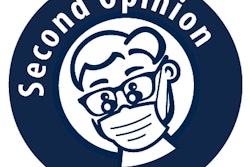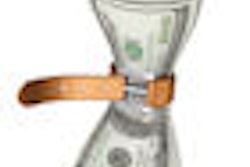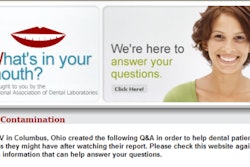The National Association of Dental Laboratories (NADL) has created the "What's in Your Mouth?" campaign to inform dentists about how they can ensure quality restorations for their patients.
The U.S. dental implant and prosthetic market is projected to reach $6.4 billion in 2018, according the American Academy of Implant Dentistry, and more than 30 million Americans are missing all their teeth in one or both jaws and need an implant.
Because implants and other dental restorations are typically created in dental laboratories, it is difficult for dentists to know how the implant was produced, the condition of the lab, or what materials were used, according to the NADL.
Patients can develop health complications if implants contains gray-market materials, stated Gary Iocco, past president of the NADL, in a press release.
According to a 2014 NADL survey, more than 85% of dental laboratories provide custom-milled implant abutments for dentists. However, nearly 38% of dental restoration units are made overseas by foreign dental laboratories, according to the U.S. International Trade Commission. Domestic labs remain unregulated by state dental boards in more than 40 states.
The NADL suggests several ways dentists can ensure quality restorations:
- Dentists can find out if their state requires minimum dental laboratory standards at NADL's website. Most state dental practice acts do not regulate or set standards for dental laboratories or dental technicians. The NADL recommends that dentists work with individuals and companies that have voluntarily achieved "third-party verification" of their skills, knowledge, and operating standards.
- The National Board of Certification lists certified dental technicians and certified dental laboratories.
- The NADL also has a Dental Appliance Manufacturers Audit System (DAMAS) of accredited laboratories.
- The NADL also provides legislative updates.
Patients should have access to their personal dental records, which should list what materials were used in their restorations and what country made the finished restorations. Patients should be aware that about 25% of domestic dental laboratory sales are made overseas. Some 42 countries currently have foreign dental laboratories registered with the U.S. Food and Drug Administration.



















